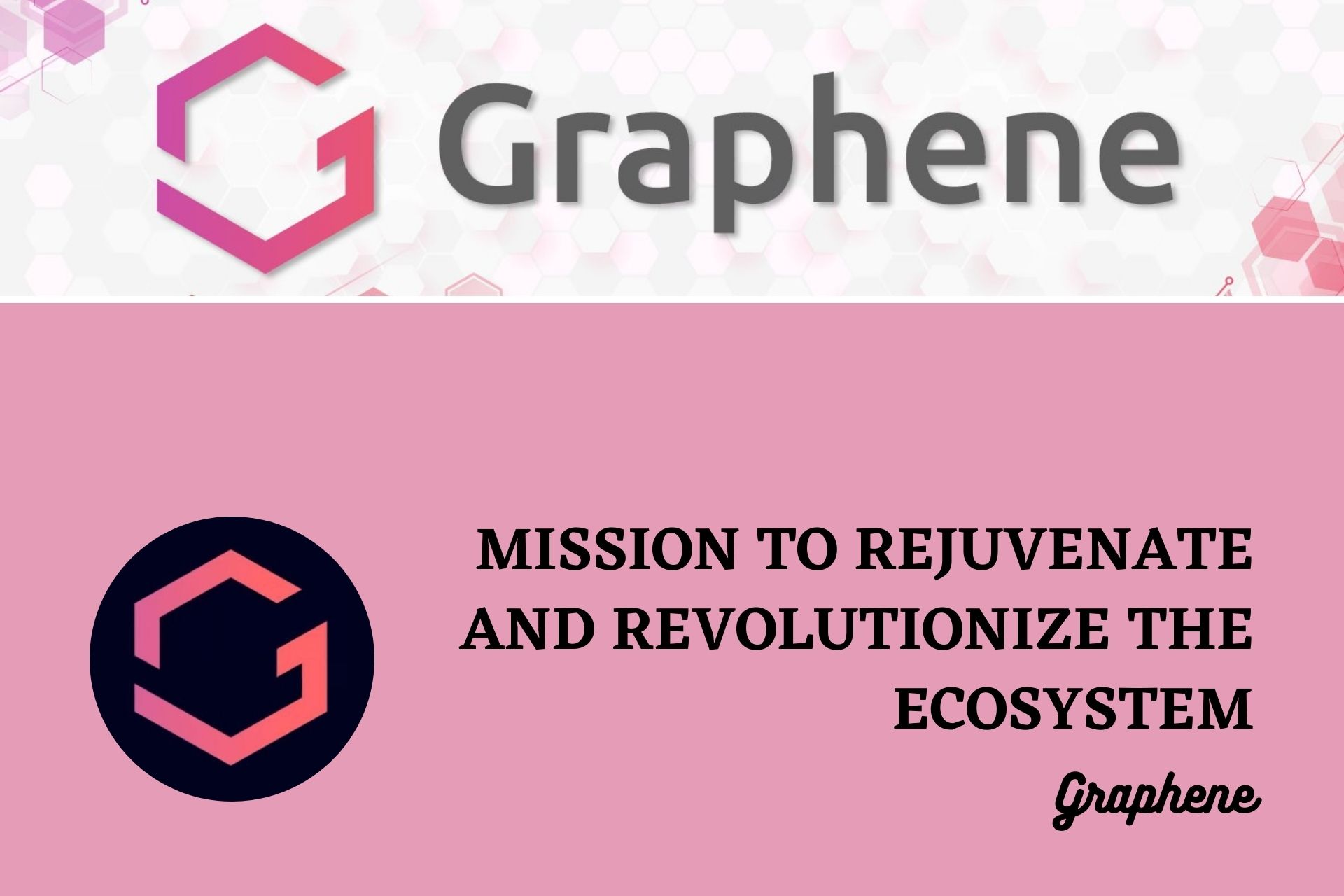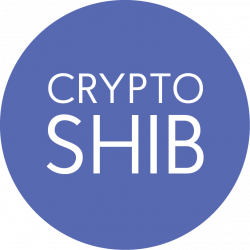Graphene | A Project With a Mission to Rejuvenate and Revolutionize the Ecosystem

The inception of the Sharding technology gives way to the highest level of scalability for a cryptocurrency. In sharding, the blockchain can be split into different shards, each of which has its own unique set of data and identities. The Graphene project takes the sharding technology that has the potential to revolutionize the blockchain and its cryptocurrencies.
In Graphene, the sharding technology is further complemented with interoperability, which takes the entire networking potential to a whole new level and opens up numerous doors for the users. At its apex, Graphene can not only help the users establish smart contracts, Dapps, and DeFi but help realize an extensive amount of business models.
What is Graphene and How Does it Help?
Graphene is a pre-eminent blockchain architecture that has the capacity to process more than 10,000 transactions per second. With the combined usage of the sharding technology and CASPER consensus protocol combined by using an advanced programming language, “Go” Graphene opens up new grounds for innovation and development.
Due to these technologies, the users of Graphene can create Turing-complete smart contracts that give the ability to not only create but scale complex dApps and integrated business models while making them easy to scale and grow as required.
Because the users can create shards that have different use cases and be optimized for individual functions without losing their internal communication, users can create highly-collaborative business structures making the potential use cases of Graphene limitless.
The Working of Graphene
There are four operational parts of Graphene; Beacon chain, validator modules, shard module, and relayer module. Out of these, the beacon chain is the main constituent that acts as the main chain link between all the shards. The beacon chain is also responsible to handle proof of stake transactions as well as the validator registration sequences.
Then there are the validator modules that interact with the beacon chain or module to produce blocks for the same and assist with proof of stake transactions. The third aspect is the shard module that acts as an executor for the side chains. The purpose of the shard module is to execute the codes for the side chains and keep them connected to the sync chain.
Lastly, there is the relayer module that can be translated as the data management portal of the network. The relayer module is tasked with bundling the transactions and submitting or advertising the same to the validators. Because Graphene is a modern and adept system, it does not require the validators to get in sync with the entire state before validating. This enhances the speed of transactions as well as the security.
Graphene Leverages the Supreme Smart Contract System
Smart contracts are the modern version of contracts under which the terms and conditions of a contract are written in computer code. The same code is irreversible and immutable. Because it has Turing-Complete smart contracts, Graphene can help set up complex dApps and solutions on demand.
Not only this, Graphene has the ability to further combine different platforms that use smart contracts within their framework. Ultimately, it helps hold together the already fragmented DeFi ecosystem.
Importance of the CASPER Protocol
The CASPER protocol works together with the validator modules to mine new blocks. Via this protocol, the users are able to secure validator node positions by providing security deposits. These deposits are provided in the form of GFN tokens and also gives the users a right to produce new blocks on the blockchain.
Securing the GFN tokens
Once launched the GFN tokens will be distributed by the development team via airdrop. Due to this, there are no pre-mine and private sale events. Airdropping is the sole and only way to get Graphene.
The users need to have Phore (PHR) in their wallets to be able to become eligible and buy Graphene. Initially, the GFN tokens will be provided as ERC20 tokens. This will also help the Graphene users to utilize the potential of the entire platform.
To Sum it Up
Graphene is a true representative of leveraging technology and has gained enough reputation as well as business understanding and compete on a global level. Where Ethereum was started to help budding businesses take the first step, including Graphene in the mix can help with realizing the ever-increasing growth and demands. Moreover, with Graphene, the users can receive exclusive control over the business systems while ensuring complete control of the assets with the help of sharding technology.
